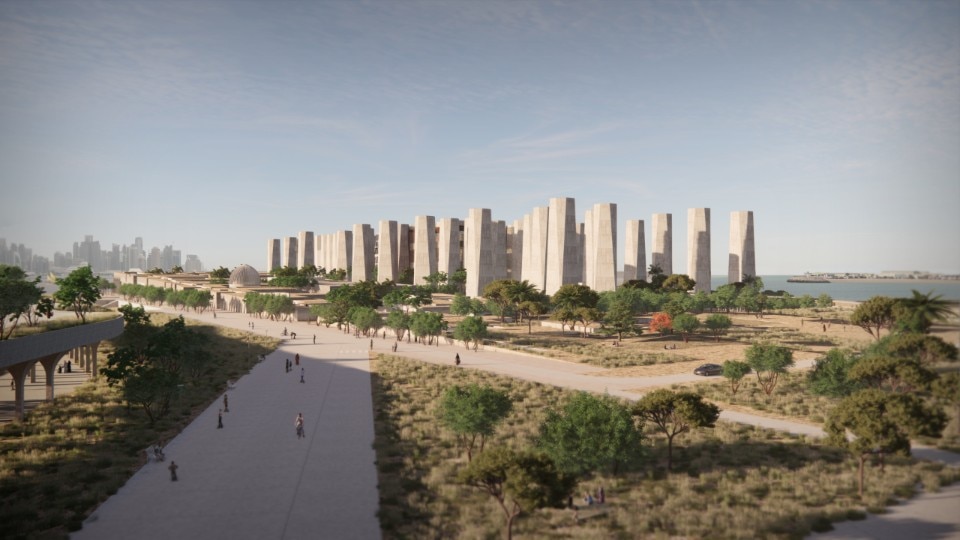Doha, Qatar has gained a reputation for groundbreaking architectural structures for its cultural institutions. In 2019, the National Museum of Qatar opened, and it was designed by Jean Nouvel: the French starchitect and Domus Guest Editor 2022 was inspired by the complex form of a desert rose that can be discovered in Qatar’s arid desert region. In 2030, another bold, eye-catching and unique architectural structure is scheduled to open: Art Mill Museum of international modern and contemporary art.
Developed by Qatar Museums in Doha, a Qatari government entity that overseas much of the Gulf country’s cultural institutions and activities, the new structure is being designed by Chilean Alejandro Aravena, the Pritzker Prize-winning architect who oversaw the 2016 Venice Architecture Biennale as its artistic director, and his firm Elemental.
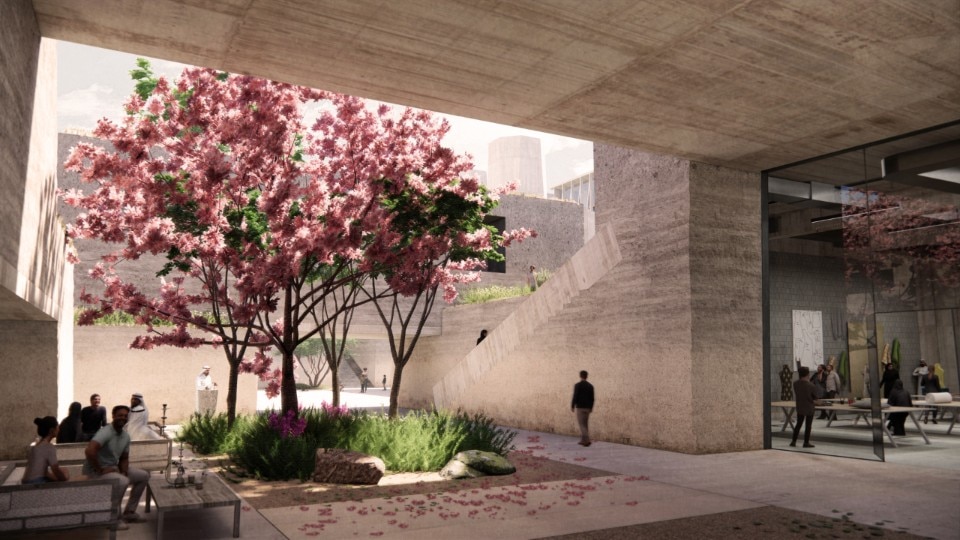
Aravena and his studio won the bid in 2017 from around 500 practices around the world - attesting to Qatar Museums’ cross-cultural aims. Elemental will reimagine the existing industrial building, characterized by spectacular concrete silos, which seem to rise from the ground as if monumental tributes to produce the museum; it will also incorporate a creative village, that will provide visitors with craft workshops, shops, restaurants and cinemas, and a public garden.
There’s a metaphor to be found in the structure, once it was used to create bread and now it will be used to create art.
Aurélien Lemonier, Art Mill Museum Curator of Architecture, Design and Gardens
“The silos are being maintained and highlighted as a sign and identity for the building but will be adapted to cater to the museum,” said curator Aurélien Lemonier, Art Mill Museum Curator of Architecture, Design and Gardens also an architect, architectural historian, and former Director of the Musée National de l’histoire d’immigration in Paris. Lemonier is co-curated the exhibition Art Mill Museum 2030 that took place between 2022 and 2023.
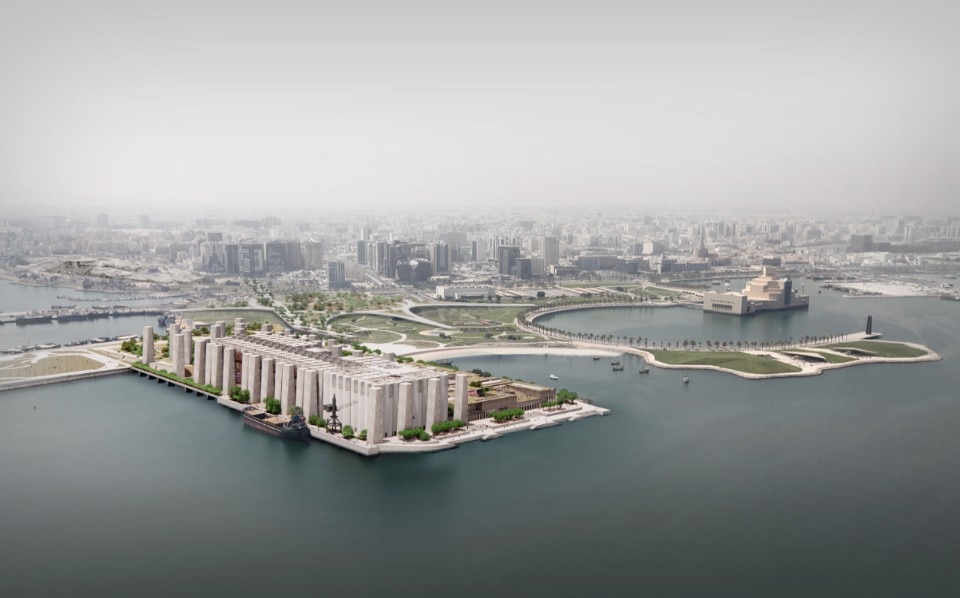
Built in 1969, the flour mill includes 64 concrete grain-processing silos and was still in operation until the 1980s. Grain would arrive by sea from around the world. “There’s a metaphor to be found in the structure, once it was used to create bread and now it will be used to create art,” says Lemonier, adding how, “art feeds the people.”
The Gulf nation is also shooting high in the hopes that the Art Mill will be a major global museum, becoming, as according to Sheikha Al Mayassa bint Hamad bin Khalifa Al Thani, the chairperson of Qatar Museums, “one of the world’s leading museums of modern and contemporary art.”
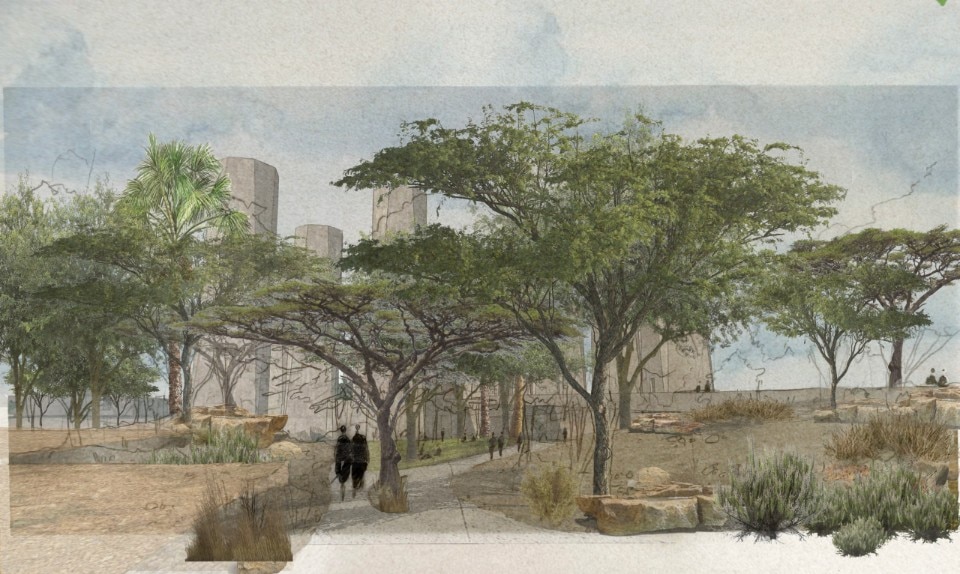
When it opens, the museum will constitute the third museum in “a triangle,” according to Qatar Museums, that will include I.M. Pei’s Museum of Islamic Art, which opened in 2008, and Nouvel’s National Museum of Qatar. It will also include a creative village and a garden designed by Swiss VOGT Landscape Architects. All three institutions will then be connected by the Cultural District promenade, conceived by the American landscape designer James Corner.
The expansive new museum will be situated on Doha’s picturesque corniche, opposite the city’s restored old port and the international ferry terminal. The main building will encompass 80,000 square meters of interior space, including 23,000 square meters dedicated to galleries and exhibitions, with the remainder housing offices, cafés, educational facilities and conservation labs. The collection inside will feature international art assembled over the past 40 years, with multidisciplinary works of great diversity dating from 1850 to the present. In additional to visual art, the museum will also present architecture and design, films and film props, fashion and craft, among other genres.
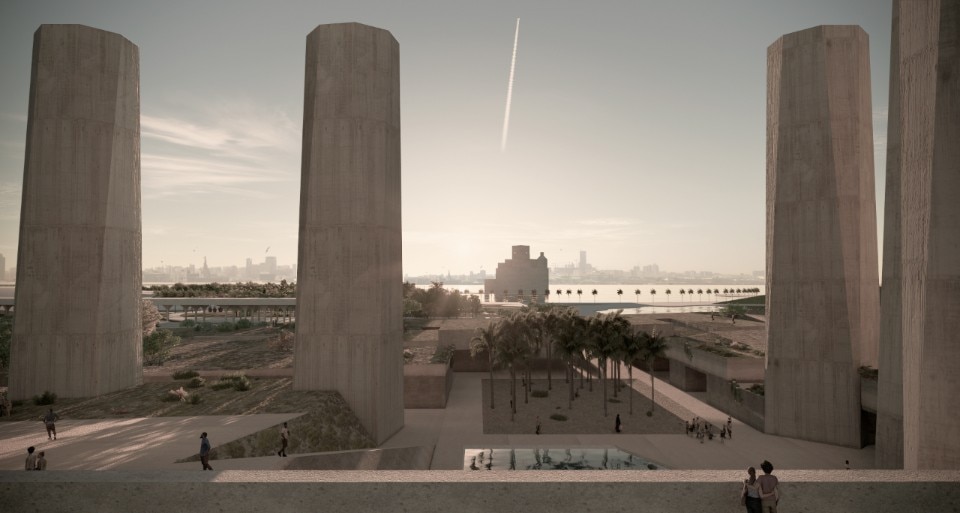
The concept and mission of the museum are fundamentally tied to the idea of creating, as stated by Qatar Museums and developed by art historian and museum director Catherine Grenier and the prefiguration team. Their goal is to establish “a pioneering institution in the non-Western world” that will “represent the modern and contemporary arts of all regions of the globe on an equal basis, engaging local and international audiences alike through multiple narratives of art history.”
The expansive new museum will be situated on Doha’s picturesque corniche, opposite the city’s restored old port and the international ferry terminal.
In testament to Art Mill Museum’s forthcoming grandeur, boldness and aim to offering groundbreaking exhibitions, is a show staged by Art Mill Museum taking place at the National Museum of Qatar: Manzar: Art and Architecture from Pakistan, 1940s to Today. The ambitious show covers 80 years of Pakistani history, from before partition to today, through an exceptional showing of modern and contemporary art, architectural drawings, design objects and multimedia installations. The artwork in the show was curated by Caroline Hancock and Zarmeen Shah and the architectural component by Lemonier, offering a curation that is distinctly multifaceted and replete with historical documents, like newspapers and other rarely seen archival materials.
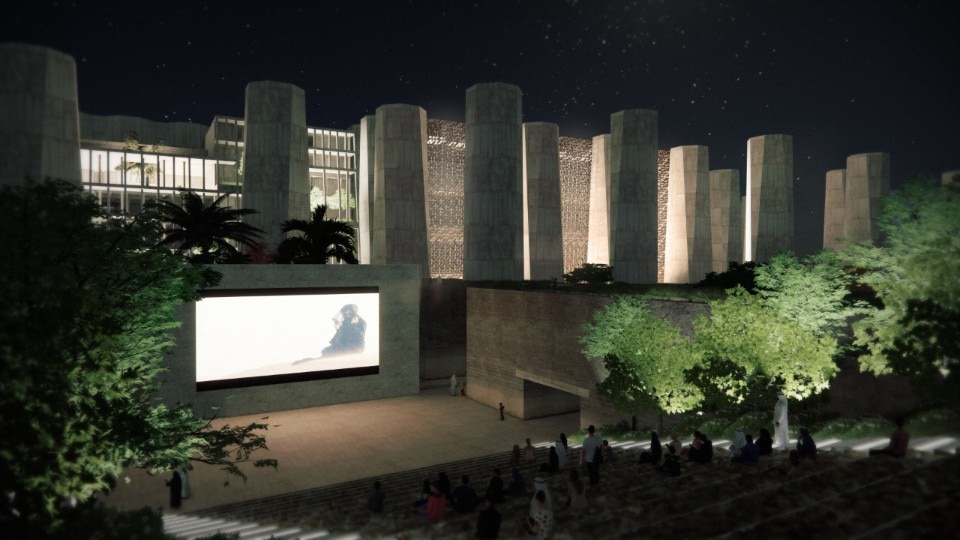
Your Ghosts Art Mine exhibition at Palazzo Franchetti, which was staged at Palazzo Franchetti in Venice until the end of November during the Venice Art Biennale as part of a collaboration between DFI (Doha Film Institute), Mathaf, and the Art Mill Museum, is another example of the kinds of bold, groundbreaking shows the museum intends to stage.
“This will be the first multidisciplinary museum of modern art in the region,” adds Lemonier. “It will be great to showcase a collection not just of Middle East art, but art from North Africa, the Africa subcontinent and international art and house architecture and other disciplines as well from these regions.”
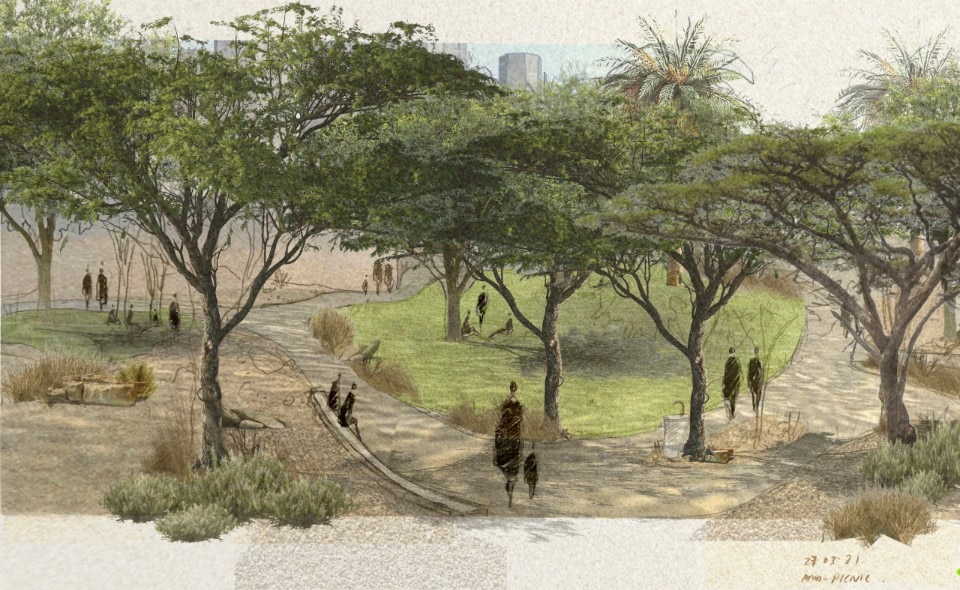
Manzar, explains Lemonier, offers an example of the kinds of exhibitions that will be staged at Art Mill Museum.
“We want to offer shows that collectors and art lovers cannot see in New York or London,” he adds. “The idea is to offer a collection and create a museum that talks about the Gulf, the wider Middle East, South Asia and Africa—regions and cultures that are also represented in the population of Qatar but whose art and creativity is not often shown for global audiences elsewhere.”


